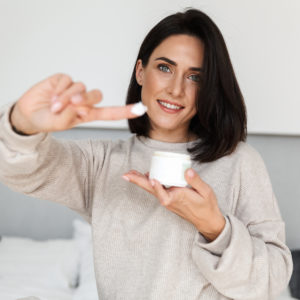Gentamicin: What you may or may not know including side effects

Gentamicin is an antibiotic that can be used in different forms such as injections, IV, eye drops or ointment, and topical cream or ointment. In this guide, we will focus on the topical application of Gentamicin for treating skin infections.
The topical application of Gentamicin is broad-spectrum, meaning it effectively treats a wide range of bacteria. It is available in the form of cream or ointment and is not absorbed into the bloodstream, making it a safer option for those with liver or kidney disease. It is approved for use in adults and children over one year old, but caution should be taken by pregnant or lactating individuals. The price of the medication varies based on whether you are prescribed the cream or ointment. You can expect to pay between $12-15 for a tube of cream on GoodRx and between $9-25 for a tube of ointment.
Whether you are prescribed an antibiotic cream or ointment will depend on the severity of the infection being treated. Ointments are stronger and stay on the skin longer for better absorption. They form a thick layer to help the skin heal but can leave a greasy appearance and texture. Creams are better for larger areas and for conditions that ooze. They are less potent than ointments but have a less greasy texture that many patients prefer.
The only recognized side effect of topical Gentamicin is redness or itching to the area where it is applied. To use the medication, wash the area with soap and water and then dry it thoroughly. You can apply the medication 3-4 times a day and cover the area with gauze if desired. Make sure to wash your hands before and after applying the medication.
Overall, topical Gentamicin is a safe and effective option for treating skin infections. If you experience any side effects or have any concerns, consult your healthcare provider.
Summary:
- Gentamicin is a broad-spectrum antibiotic that is used topically for skin infections.
- Topical gentamicin is not absorbed into the bloodstream, making it a safe option for patients with kidney or liver disease.
- Gentamicin cream and ointment are both effective, but ointments are stronger and stay on the skin longer, while creams are less potent and have a less greasy texture.
- The main side effect of topical gentamicin is redness or itching at the application site.
- To use topical gentamicin, wash and dry the affected area, apply the medication 3-4 times a day, and wash your hands before and after application.
- Topical gentamicin is approved for use in adults and children over 1 year old, but caution should be used in pregnant or lactating individuals.
- The cost of topical gentamicin varies based on whether you are prescribed cream or ointment, with prices ranging from $9-25 for ointment and $12-15 for cream.
- Always consult with a medical professional for the most accurate and up-to-date information about gentamicin and its use.

This article reviewed by Dr. Jim Liu, MD and Ms. Deb Dooley, APRN.
There’s nothing more important than our good health – that’s our principal capital asset.
#medical #telehealth #umedoc










